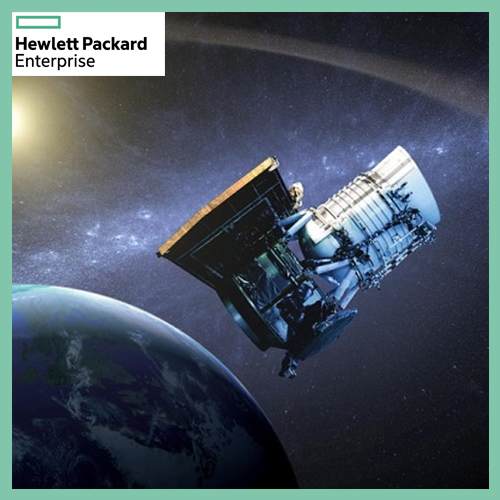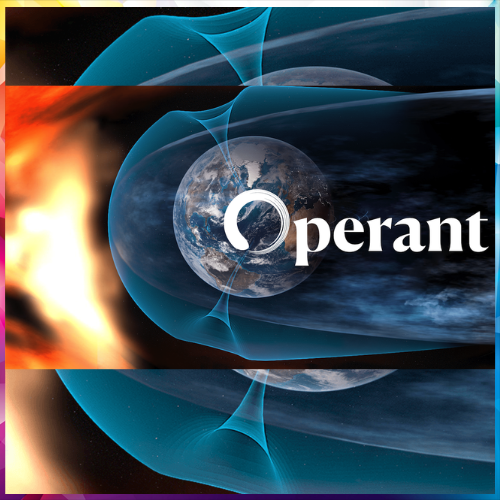
Hewlett Packard Enterprise (HPE) has announced that it custom-designed a new supercomputer for NASA’s Ames Research Center to support modeling and simulations of entry, descent, and landing (EDL) for the agency’s missions and Artemis program, a mission to land the next humans on the lunar South Pole region by 2024. The new supercomputer, which NASA Ames has named “Aitken,” is an initial development of a four-year, multi-phase collaboration between HPE and NASA Ames.
Aitken, named after Robert Grant Aitken, an American astronomer specializing in binary star systems, will run thousands of complex simulations more quickly at 3.69 petaFLOPs of theoretical performance to enable accurate and safe landings on the moon.
Aitken is based on the HPE SGI 8600 system, an end-to-end, purpose-built high-performance computing (HPC) platform, which includes special liquid cooling capabilities for optimal energy efficiency. Aitken is located in NASA Ames’ new modular supercomputing facility, based on a Modular Data Center (MDC) approach jointly developed with HPE, to deliver advanced HPC solutions that drive greater efficiency and significantly reduce electricity and water use.
The new facility, based in Mountain View, California, will combine native Bay Area temperature and evaporative methods to cool the supercomputer, replacing the need for a cooling tower and millions of gallons of water.
Bill Mannel, vice president and general manager, HPC and AI - HPE, says, “HPE has a longstanding collaboration with NASA Ames, and together, we continue to build innovative HPC technologies to fuel space and science discovery that increase overall efficiency and reduce costs. We are honored to have designed the new Aitken supercomputer and power capabilities for humanity’s next mission to the moon.”
See What’s Next in Tech With the Fast Forward Newsletter
Tweets From @varindiamag
Nothing to see here - yet
When they Tweet, their Tweets will show up here.





























